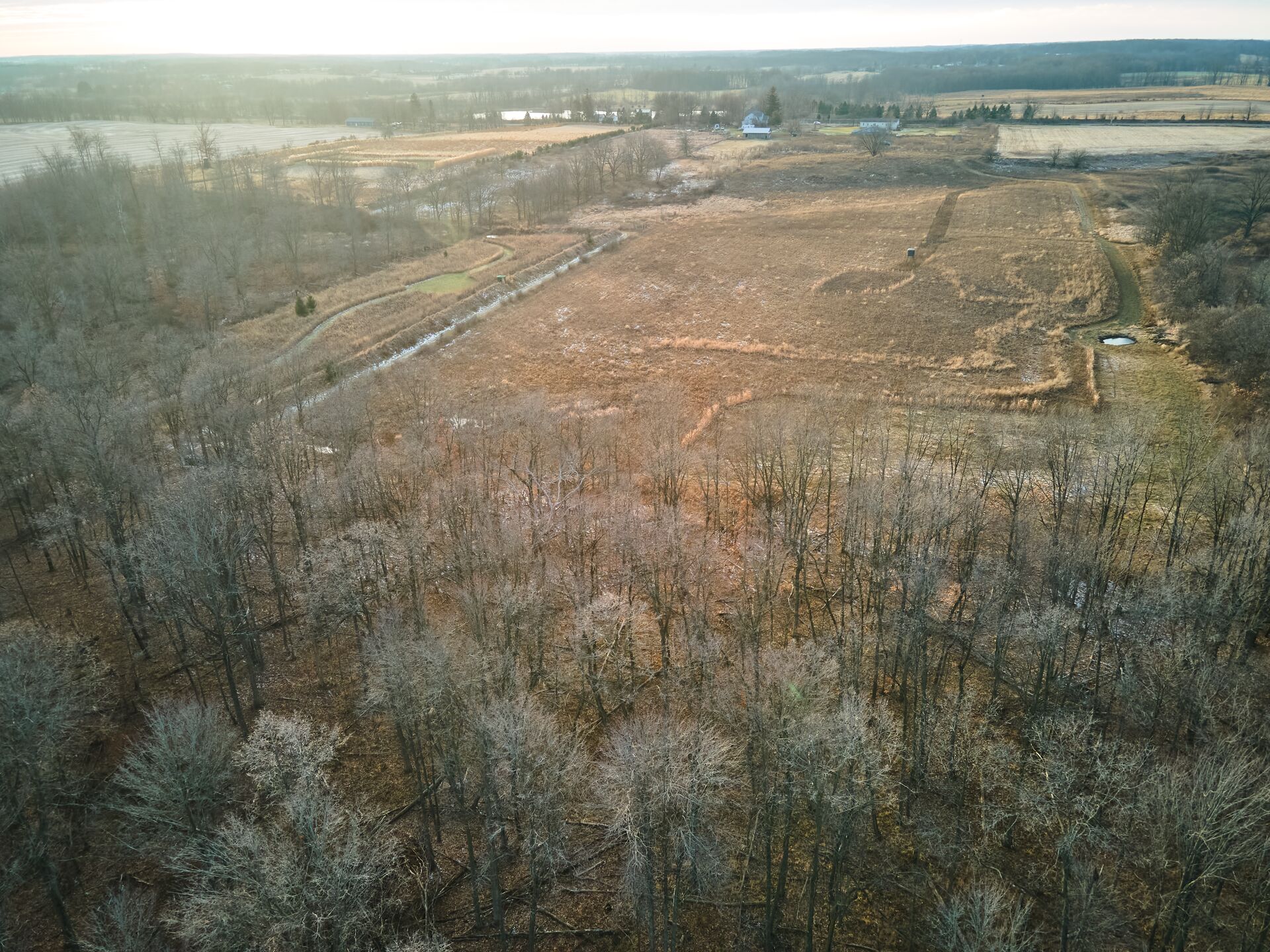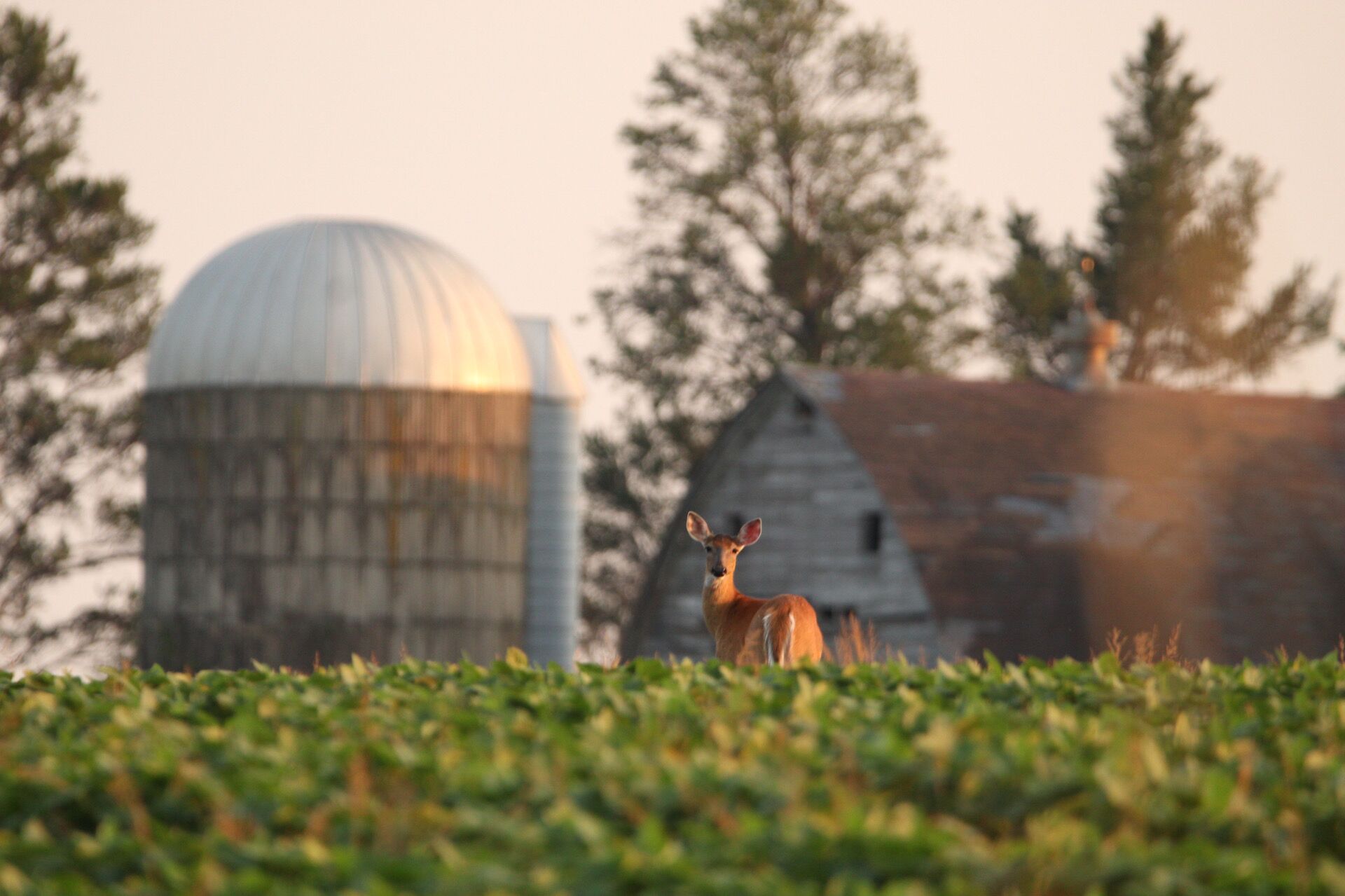Imagine a pristine wilderness area teeming with life. Deer graze in open meadows, predators lurk in the shadows, and birds fill the skies. Each of these creatures relies on the land’s resources to survive.
When an environment’s resources are abundant, populations can thrive. However, when resources become scarce due to overuse, environmental changes, or human impact, the ecosystem can no longer support the same number of individuals.
This is the crux of carrying capacity – the point at which the environment can no longer sustainably support more individuals without degrading.
Today, we talk about this concept and what it means for hunters. We’ll also talk about learning how to stay safe when learning how to hunt.

What is Carrying Capacity?
In ecology, the term “carrying capacity” holds a significant place. It’s a concept that might sound abstract at first, but it becomes quite tangible when you consider the natural world and the delicate balance within it.
Carrying capacity refers to the maximum population size of a species that an environment can sustain indefinitely, given the available resources such as food, water, shelter, and space.
This is not just about the number of animals an area can hold; it’s about the harmony between life and the land.
Carrying Capacity at a High Level
When we understand carrying capacity, we gain insight into the health and sustainability of wildlife populations. Hunting without regard for carrying capacity can lead to overharvesting, depleting populations, and disrupting the ecosystem’s delicate balance.
For example, suppose too many deer are harvested in a given season. In that case, the population may drop below sustainable levels, impacting the deer, the predators that rely on them, and the vegetation they help manage.
Understanding carrying capacity is vital for hunters, not just as a theoretical concept but as a practical guide to ensure sustainable hunting practices. As hunters, we are deeply connected to the land and the wildlife it supports. We are stewards of the environment, and part of our responsibility is to maintain the balance between our game populations and the ecosystems they inhabit.
Embracing this knowledge ensures that we remain responsible and respectful participants in the natural world, committed to preserving it for generations.
Factors Influencing Carrying Capacity
Carrying capacity is influenced by many factors, each playing a crucial role in determining the maximum population size an environment can sustain.
At the forefront are the necessities of life: food, water, shelter, and space. The availability of these resources directly impacts the health and sustainability of wildlife populations.
For instance, an abundant food supply supports larger populations, while scarcity can lead to malnutrition and population decline. Similarly, access to clean water and adequate shelter provides the essential needs for survival and reproduction.
Environmental conditions, such as climate and terrain, also significantly affect carrying capacity. Seasonal variations can alter food and water availability, while harsh climates can impose additional survival challenges. The terrain itself dictates the types of habitats available, influencing the distribution and density of species.
Predation is another natural factor that helps regulate populations and maintain ecological balance. Predators play a vital role in preventing the overpopulation of prey species, which, in turn, ensures the sustainability of vegetation and other resources.
The Human Impact on Carrying Capacity
Human activities have a profound impact on the carrying capacity of ecosystems, often with detrimental effects.
- Deforestation, for example, removes crucial habitats and food sources, reducing the carrying capacity of many species.
- Pollution contaminates water and soil, harming wildlife and diminishing the quality and quantity of resources available.
- Overfishing depletes aquatic populations faster than they can reproduce, leading to the collapse of marine ecosystems.
- Urbanization and industrial development further strain the environment.
As cities expand, natural habitats are fragmented or destroyed, leading to a reduction in biodiversity and ecosystem resilience.

Hunting’s Role in Carrying Capacity
Hunting plays a critical role in managing carrying capacity and maintaining ecological balance. By regulating wildlife populations, hunting helps ensure that species do not exceed the carrying capacity of their habitats, preventing issues like overgrazing, habitat degradation, and resource depletion.
The allocation of hunting tags is a crucial tool wildlife management agencies use to control population sizes and ensure sustainable hunting practices.
Hunting tag allocations in states like Colorado and Wyoming are often more stringent and closely regulated due to the vast and diverse habitats that support a wide range of big game species. For instance, Colorado is known for its elk populations, and the state carefully manages elk numbers through a limited quota of hunting tags.
The Colorado Parks and Wildlife Department conducts extensive surveys and research to determine the appropriate number of tags issued each season, balancing hunter demand with maintaining healthy elk populations and ecosystems.
In contrast, states like New York and Pennsylvania, which have smaller and more fragmented habitats, manage their hunting tags differently. These states often deal with higher human population densities and more intensive land use, which can reduce the carrying capacity for wildlife. As a result, hunting regulations in these areas might focus more on managing species that thrive in suburban and agricultural landscapes, such as white-tailed deer.
So, in New York, hunting tags control deer populations that can become overabundant and cause issues like crop damage and vehicle collisions.
In both regions, hunters’ roles are indispensable. By participating in regulated hunting seasons and adhering to tag allocations and ethical hunting practices, hunters help maintain the balance between wildlife populations and their habitats.
Take Time to Understand Carrying Capacity
Understanding carrying capacity is crucial for wildlife management and conservation. It guides decisions on hunting quotas, habitat restoration, and species reintroduction.
By respecting the carrying capacity, we ensure that our wildlife populations remain healthy and that our natural environments can continue to provide for future generations. It’s a reminder that in the natural world, there is a limit to growth and that sustainability is critical to the enduring health of our ecosystems.
Our ilearntohunt hunter education courses can help you gain more information and better understand carrying capacity and other essentials to being ethical and responsible hunters. Our interactive online courses cover topics including firearm safety, shooting and hunting skills, and how to keep yourself and others safe in the field.
Being an informed hunter leads to safe and successful hunts! So, find the course for your state and get started.






![Air gun 101: The differences between .177 & .22 – Which jobs they do best ? [Infographic]](https://airgunmaniac.com/wp-content/uploads/2020/09/g44-218x150.jpg)



































![Air gun 101: The differences between .177 & .22 – Which jobs they do best ? [Infographic]](https://airgunmaniac.com/wp-content/uploads/2020/09/g44-150x150.jpg)


